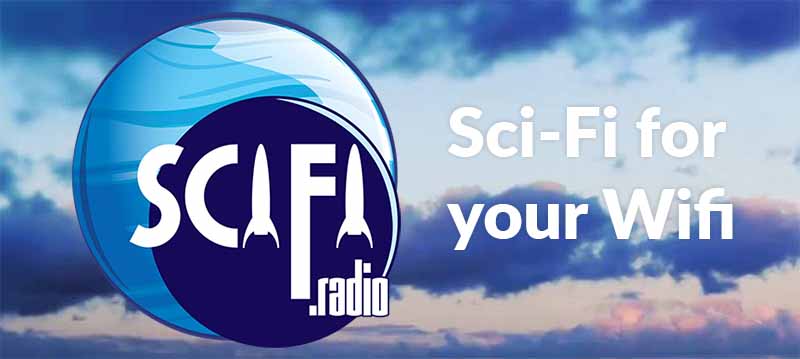A group of engineers at the University of Tokyo’s Graduate Department of Frontier Sciences has developed a way to transfer 3D touch information across a distance. What you are about to see is called Haptoclone, and it lets people send holographic images with which a receiving user can interact by touch. It was presented at SIGGRAPH 2015, in the Emerging Technologies division.
Despite being rather obviously inspired by Star Trek’s holodeck concept, it’s not exactly true Star Trek style holodeck technology. The visual part of the process is really nothing more than some clever optics, literally “done with mirrors”. The two haptic terminals have to be in close proximity to one another because of this. The technology itself is the touch, or haptic, feedback, though, so the display is really accessory to the primary point of the demonstration. Electronically produced holograms could potentially be substituted for the purely opto-mechanical display, and the haptic feedback system would work just the same, but at a much greater distance.
Each Haptoclone terminal is built using a Kinect sensor and four ultrasound emitter arrays. The arrays use sound waves to create a three dimensional audio hologram using nothing but sound and air pressure. This is what creates the illusion of touching a physical object that isn’t actually present. While some sensation is created, it isn’t a strong one. High frequency sound like this may be beyond the realm of human hearing, but at higher energy levels it can actually shake human tissue apart, so this haptic technique has only so much potential. A handshake, therefore, isn’t really feasible (owie!) but it is possible to lightly stroke another person’s hand through the interface.
The Kinect sensors read the surface of the objects within the workspace to produce a point cloud, which is in turn relayed to the opposite workspace and rendered by the acoustic emitter arrays as high pressure sound nodes in three dimensional space. That’s what produces the sensation of touching an object that isn’t really there. The goal, according to professor Hiroyuki Shinoda, is to “continue clarifying the function of haptic sensations to enhance and enrich human communications.”
There are a few disappointing drawbacks with this technology, not the least of which is that both the sensors and the ultrasonic emitter arrays used have an extremely limited operating range. The result is that the terminals have a working volume limited to about a cubic foot, and the range limits mean that it can’t be made much bigger. We won’t be seeing a full sized holodeck from technology like this any time soon. Still, it’s a fascinating and wonderful attempt to solve the problem, and it may serve as a conceptual jumping-off point for bigger, more practical systems.
The value of SIGGRAPH’s Emerging Technologies is to allow research organizations and clever individuals the opportunity to explore new ideas, and to push the envelope of what is possible. It should surprise no one that concepts that resemble those from Star Trek continue to issue forth from this important annual event.
-30-
SCIFI.radio is listener supported sci-fi geek culture radio, and operates almost exclusively via the generous contributions of our fans via our Patreon campaign. If you like, you can also use our tip jar and send us a little something to help support the many fine creatives that make this station possible.










